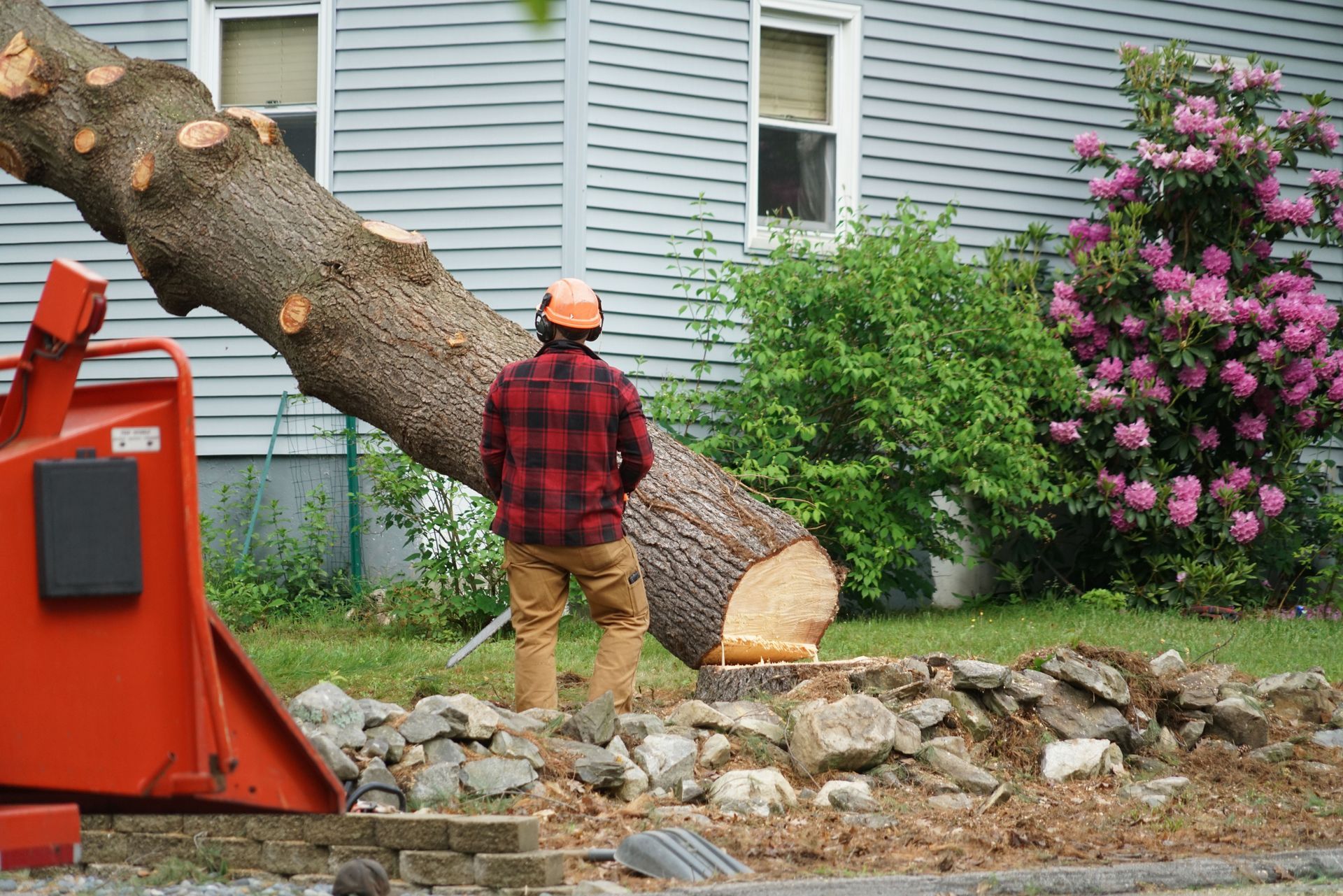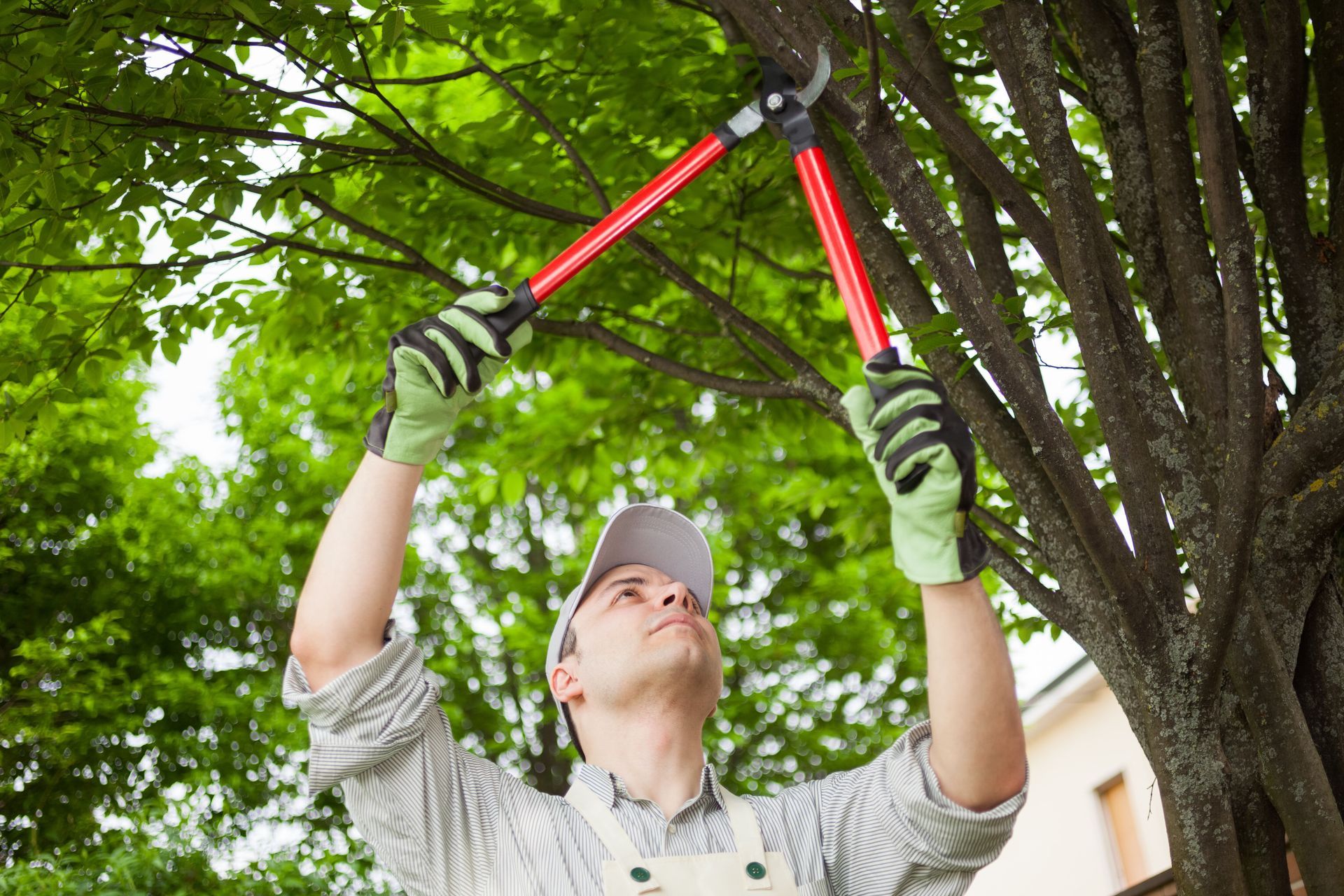What Are the Different Types of Tree Services Available?
Landscaping and tree services play an essential role in the maintenance and enhancement of both urban and rural landscapes. Professional tree care is vital for maintaining healthy ecosystems, ensuring public safety, and improving the aesthetic value of properties. As more people become aware of the benefits of proper tree care, the demand for tree services continues to grow. These services encompass a wide range of practices, all aimed at promoting the health and beauty of trees. By understanding the different types of tree services available, individuals and communities can make informed decisions about tree maintenance and ensure sustainable environmental stewardship.
Tree Trimming and Pruning Services
Tree pruning and trimming are crucial practices aimed at maintaining tree health and enhancing their structural integrity. According to IBISWorld, the tree trimming services market grows at a rate of 3.0%, signifying increasing consumer awareness and investment in regular tree maintenance and care. The primary objective is to remove dead or diseased branches that could threaten the tree's overall health. Additionally, pruning helps shape young trees for growth, ensuring that they develop a strong central leader and evenly spaced branches. Aesthetic trimming is also important, as it enhances the tree's appearance and promotes balanced growth. Properly pruned trees are better equipped to withstand storms and other natural events due to improved stability and durability.
The timing of pruning is critical for maximizing the effectiveness and health benefits for the tree. Many experts recommend pruning during the dormant season, which is typically late winter for most tree species, as it minimizes stress and allows for quick recovery. Pruning in the spring may help control certain pests and diseases that emerge after dormancy. However, some flowering trees benefit from pruning immediately after their blooming cycle. It's essential to consult a professional tree service to determine the best pruning schedule for each specific tree species and individual tree condition.
When pruning for health, the primary aim is to remove dead or diseased branches that could compromise the tree's well-being. This functional approach prioritizes the tree's ability to sustain itself and remain resistant to environmental stressors. In contrast, aesthetic pruning focuses on enhancing the visual appeal of the tree by shaping and thinning the canopy and ensuring even growth patterns. Both approaches can coexist, as a healthy tree often exhibits more appealing growth forms. Importantly, aesthetic goals should never compromise the tree's health or structural stability.
Tree Removal Services
Tree removal may be necessary for various reasons, ranging from health and safety concerns to aesthetic purposes. A common reason for removal is when a tree poses a threat to property or personal safety due to instability or disease. Other times, trees may be removed to clear space for new construction or to improve the landscape's overall aesthetic. Trees that have outgrown their space or are placed near utility lines often require removal for safety and service continuity. Understanding the reasons for tree removal helps in making well-informed decisions regarding which trees to remove or preserve.
Before proceeding with tree removal, a thorough assessment of the tree's condition and potential threats is crucial. Professionals evaluate factors such as tree health, structural integrity, and proximity to buildings or other structures. Advanced techniques like tree risk assessment and resistography can provide insights into root system health and trunk decay. By determining the urgency and method of removal, arborists can develop a plan that minimizes risk and ensures safety. This assessment is vital in balancing removal needs with the tree's ecological and aesthetic value.
Safety is paramount when undertaking tree removal, given the potential risks associated with falling trees and heavy equipment use. Professionals adhere to strict safety protocols, including wearing personal protective gear such as helmets and goggles and using fall protection systems. Accurate tree cutting techniques and timber management ensure controlled tree removal, reducing the impact on the surrounding area. Additionally, advanced equipment like cranes and aerial lifts are often employed to handle large or complex removals securely. Proper training and adherence to industry standards are essential in ensuring a safe working environment.
Stump Grinding and Removal
Stump removal is an integral part of tree removal services, often necessary for safety, aesthetic, and practical reasons. Leftover stumps can pose tripping hazards and impede landscaping activities, causing issues for property maintenance. In addition, old stumps can attract pests such as termites and ants, potentially leading to infestations. The presence of stumps can also hinder the growth of new vegetation or disturb the visual harmony of a landscape. Consequently, prompt stump removal helps prevent these issues and prepares the ground for future use.
Two primary methods for stump removal include grinding and full removal, each with specific benefits and considerations. Stump grinding is less intrusive and involves using a machine to turn the stump into wood chips, leaving the roots intact. While this method is quicker and causes minimal disturbance to the soil, large roots may remain, potentially prohibiting certain re-plantings. Full removal involves extracting the entire stump and root system, creating a thorough landscape reset. However, full removal can be more labor-intensive, often requiring heavier equipment and increased site disruption.
Specialized equipment is essential for stump grinding, ensuring the process is efficient and effective. Stump grinders come in various sizes, from small, hand-operated machines to larger, self-propelled models suitable for more extensive stumps. These grinders feature large, rotating disks equipped with sharp teeth that cut away at the wood, gradually reducing the stump to chips. Other accessories like cutting blades, mulching grinders, and protective guards enhance the grinder's functionality and safety. Proper training is necessary to operate these machines, ensuring safe and efficient stump removal operations.
Emergency Services
Emergency tree services are crucial when immediate threats to safety or property arise, necessitating swift professional intervention. Common scenarios include storm damage, where limbs or entire trees have fallen on structures, utility lines, or roadways. Disease or decay-induced failure may also warrant urgent attention when tree stability is severely compromised. Broken branches hanging precariously pose additional hazards, especially in high-traffic areas or during severe weather. Enlisting expert emergency services ensures that risks are assessed and mitigated rapidly, protecting lives and property.
Effective storm preparedness involves planning and implementing measures that minimize damage and risks from extreme weather events. Regular tree inspections and vulnerability assessments help identify potential weaknesses that storms could exacerbate. Additionally, carrying out preventive pruning and securing any loose branches reduces the likelihood of tree fall or breakage. Establishing communication channels with local service providers in advance facilitates swift action when emergencies occur. Proactive preparations can significantly deter the adverse effects of storms on trees and surrounding landscapes.
Emergency tree removal requires specialized techniques tailored to the specific conditions and risks inherent in each situation. Often, expert arborists employ methods such as sectional felling, where the tree is dismantled into pieces, minimizing damage to surrounding areas. In complex scenarios, using aerial lifts and cranes facilitates safe removal from difficult-to-access locations. Collaborating with insurance adjusters ensures that removal aligns with policy terms and conditions. Overall, employing advanced techniques and addressing insurance matters supports effective emergency tree management.
Ultimately, understanding the range of available tree services empowers property owners to make informed decisions, ensuring that their trees remain healthy, structurally sound, and aesthetically pleasing for years to come. Partnering with skilled professionals allows communities to enjoy the environmental, economic, and social benefits that healthy trees provide, reinforcing the vital role that comprehensive tree care plays in both property management and ecological preservation. Contact BMC Landscaping & Tree Service today to start investing in expert tree services and commit to sustaining the natural beauty, safety, and resilience of your property.



Share On: